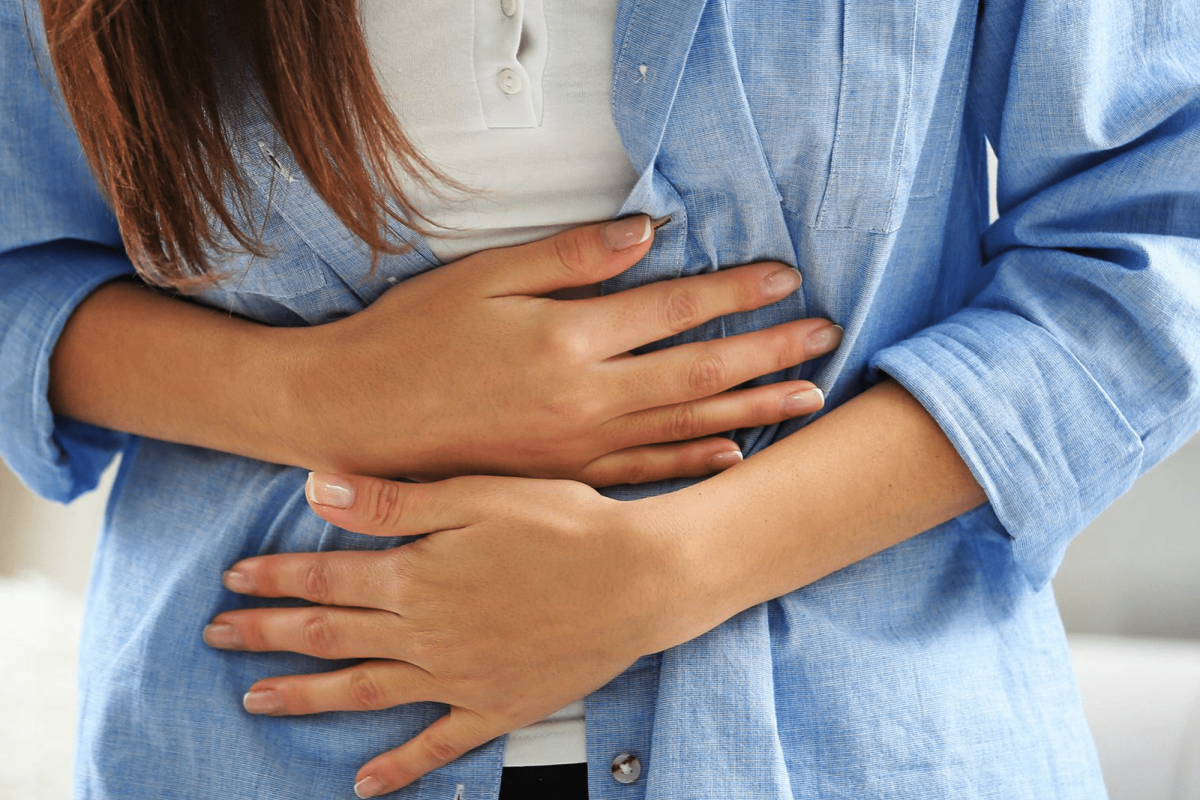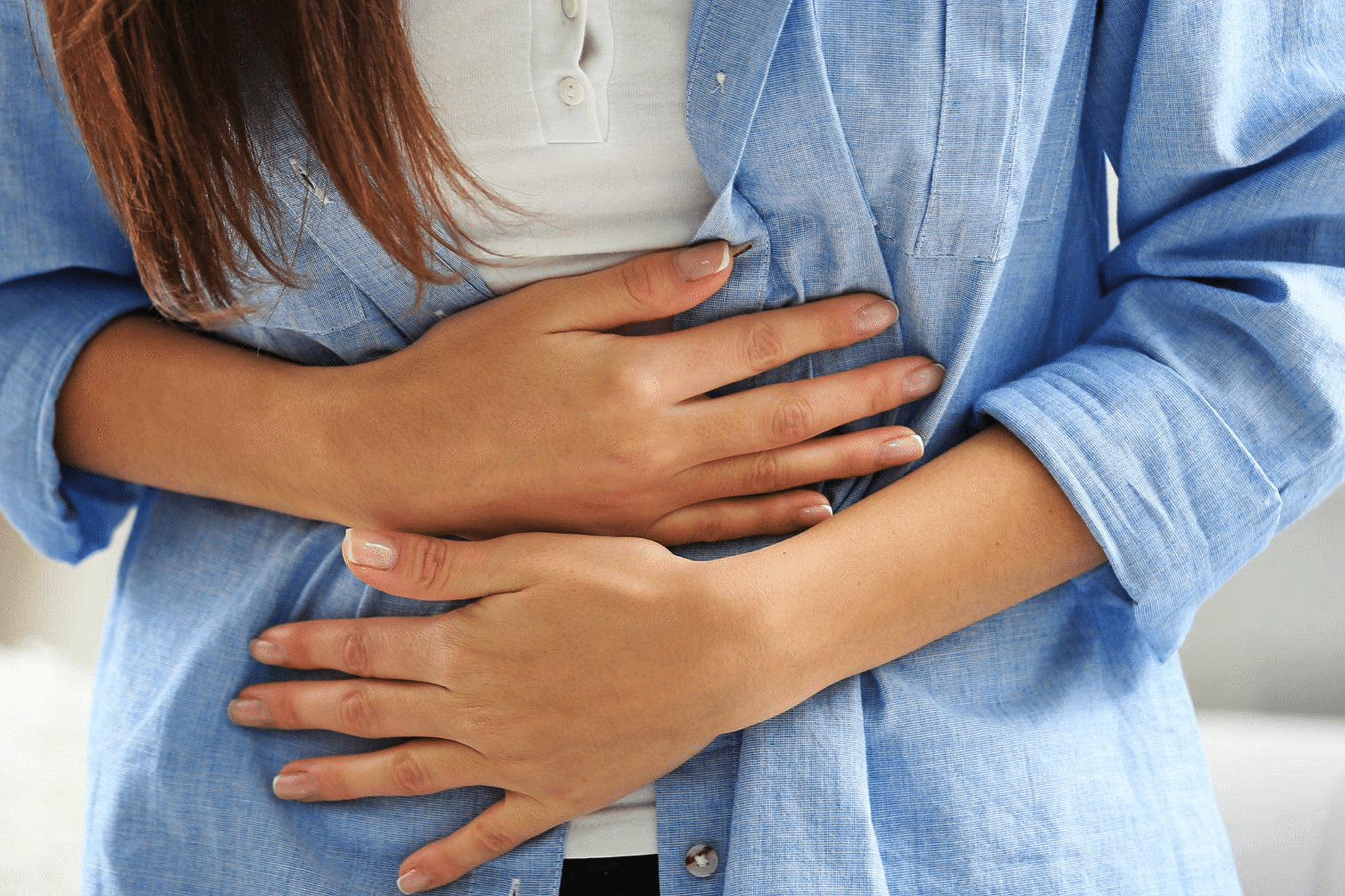How to Manage Endometriosis, a growing problem among young women

Endometriosis refers to a painful disorder in which tissue that normally lines the inside of the uterus, the endometrium, grows outside the uterus. Endometriosis most commonly involves the ovaries, fallopian tubes, and the tissue lining the pelvis. Rarely, endometrial tissue may spread beyond pelvic organs.
With endometriosis, displaced endometrial tissue continues to act as it normally would — it thickens, breaks down, and bleeds with each menstrual cycle. Because this displaced tissue has no way to exit your body, it becomes trapped. When endometriosis involves the ovaries, cysts may form. Surrounding tissue can become irritated, eventually developing scar tissue and adhesions, i.e. abnormal bands of fibrous tissue that can cause pelvic tissues and organs to stick to each other.
Endometriosis is a fairly common condition nowadays in young women of reproductive age. According to The Endometriosis Society of India, it afflicts close to 26 million Indian women between the ages of 18 to 35 years. However, endometriosis commonly goes undiagnosed among thousands of women as simply painful menstrual periods. Therefore many experts believe that the incidence is higher.
Common symptoms of Endometriosis:
- The most common symptom of endometriosis is pelvic pain. This pain often occurs before or during menstruation, but may also be experienced at other times. Symptoms are not the same for every woman and depend on the location of the endometriosis. Menstrual cramps caused by endometriosis are different from normal menstrual cramps — they are more severe and may begin earlier in the menstrual cycle and last longer.
- Painful sexual intercourse
- Painful urination or bowel movements
- Some women may experience abdominal and pelvic pain that is not associated with their menstrual cycles, but which occurs daily and which has lasted for six months or longer.
- Other gastrointestinal upsets such as diarrhea, constipation, and nausea: For women with endometriosis, these symptoms may be experienced during menstruation.
- Leg pain or sciatica: This type of pain suggests that the endometriosis is affecting nerves.
- Rectal bleeding or blood in the urine: This type of pain suggests that the endometriosis is affecting the bowel or bladder.
- Shortness of breath: This symptom suggests that the endometriosis may be affecting the lungs or diaphragm.
- Infertility: If you have endometriosis, it may be more difficult to become pregnant. If you have endometriosis and have not conceived after having regular, unprotected sex for a year, you may be experiencing infertility problems associated with endometriosis. But the good news is that many women with endometriosis can conceive — it may just take longer.
Lifestyle changes
The first step to easing the symptoms of endometriosis is maintaining a healthy lifestyle. Changes to your exercise and relaxation routines, and maintaining a balanced diet to stay healthy, may help you manage the symptoms of endometriosis. Indeed, you may have found that eating certain foods may worsen your symptoms; keeping track might help you avoid those foods and thus relieve potentially debilitating attacks. Many women who suffer from chronic pelvic pain have found relief through regular exercises, such as yoga, employing mindfulness techniques, and practicing meditation. These and other kinds of relaxation techniques may prove helpful in managing your symptoms. Make sure you get enough fluids and fiber to keep your bowels regular and to avoid constipation.
Medications
Hormone-based therapies can be used to treat endometriosis and may involve combined hormonal contraception, progesterone-based drugs, or gonadotropin-releasing hormone therapy (low doses of estrogen and progestin). Any of these medical therapies must be used for at least 1 cycle to initiate pain relief.
Surgical options
Surgery is recommended if you have pelvic pain which does not improve with the medications prescribed.
There is no absolute medical cure for endometriosis. However, for mild symptoms, the following alternative therapies and/or over-the-counter pain medication have been proven to be helpful:
- Exercise and relaxation techniques
- Prescription medications to control pain
- Hormone medications to possibly stop endometriosis from getting worse
- Surgery to remove the endometriosis lesions/nodules/cysts/adhesions.
Request a call back



 Call-an-Ambulance
Call-an-Ambulance



